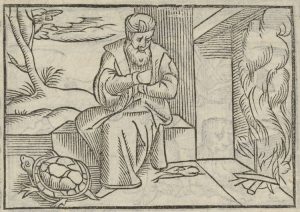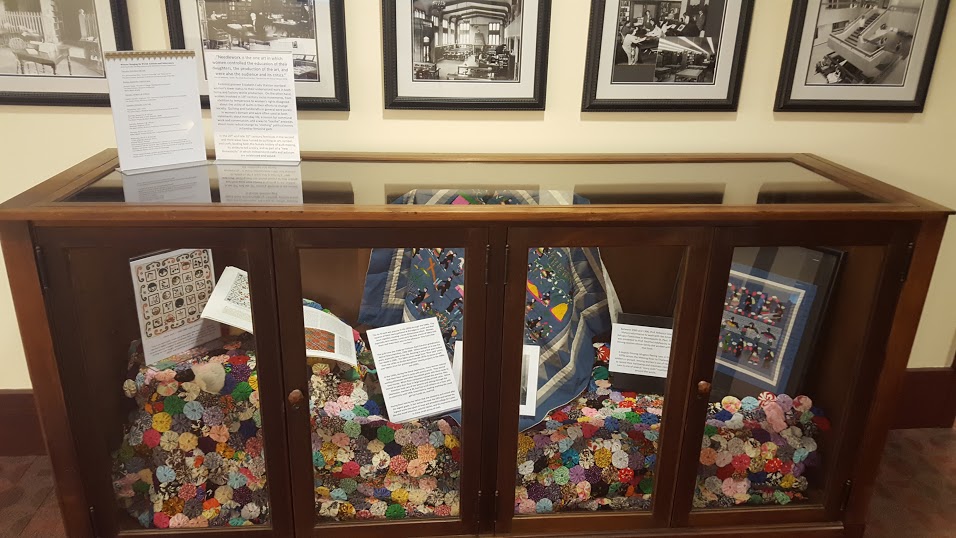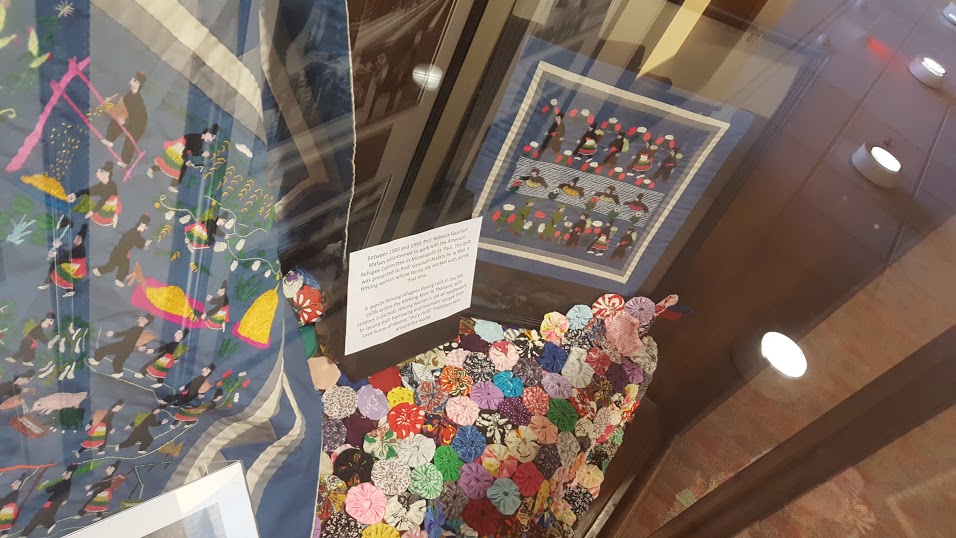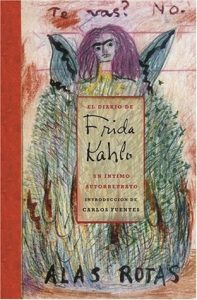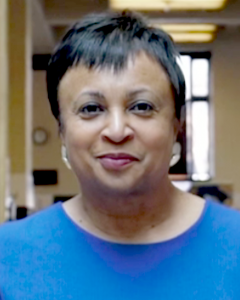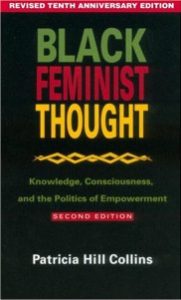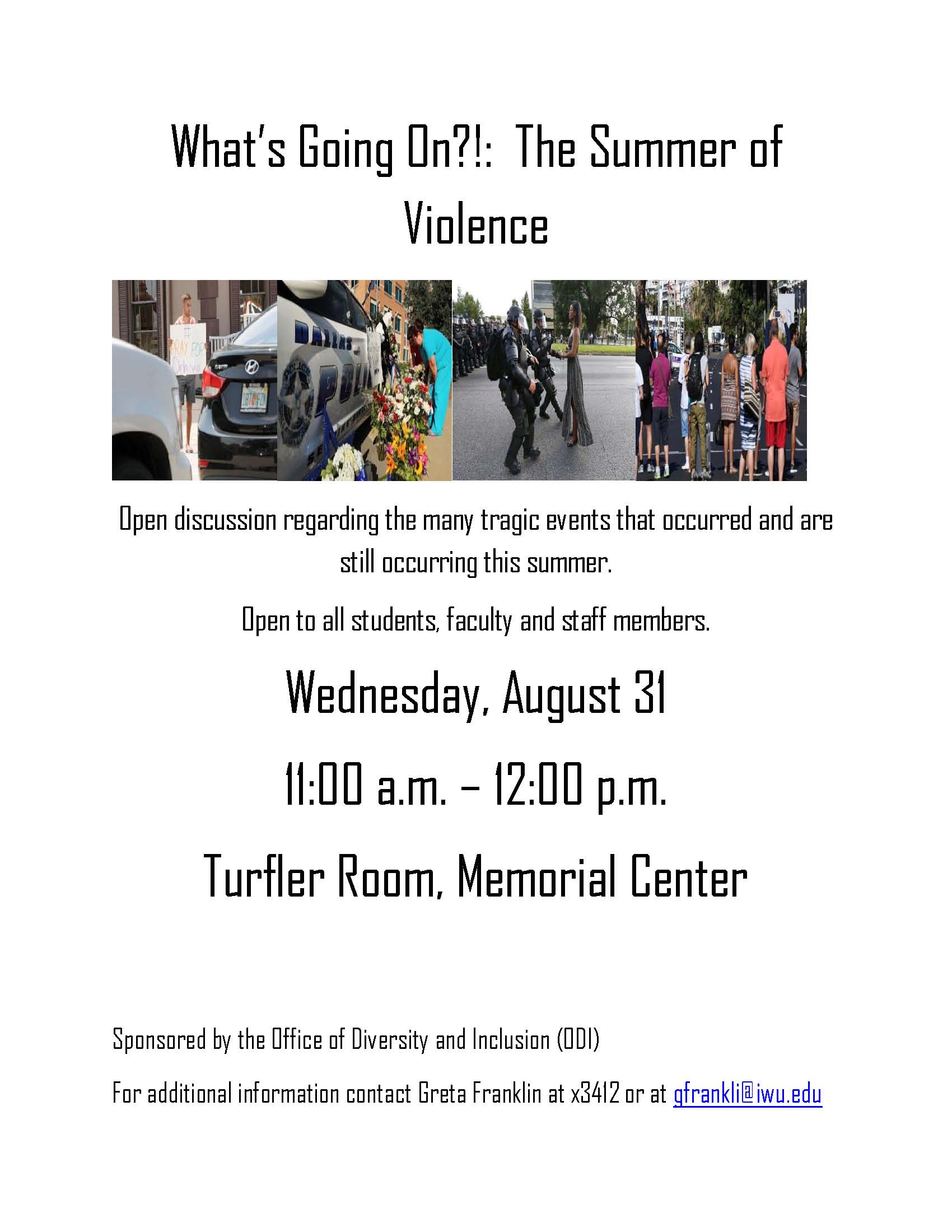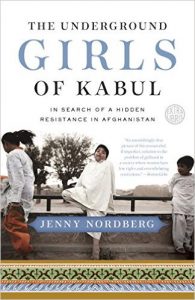Original Piece Written by Kim Hill – The Ames Library will host a national traveling exhibit “And There’s the Humor of It: Shakespeare and the Four Humors.” The 6-panel exhibit will be display Sept. 19-Oct. 29 on the entry level.
William Shakespeare created characters that are among the richest and most recognizable in all of literature. Yet Shakespeare understood human personality in the terms available to his age – that of the now-discarded theory of the four bodily humors – blood, bile, melancholy and phlegm. In Shakespeare’s time, these four humors were understood to define peoples’ physical and mental health, and determined their personality, as well. Carried by the bloodstream, the four humors bred the core passions of anger, grief, hope and fear – the emotions conveyed so powerfully in Shakespeare’s comedies and tragedies.
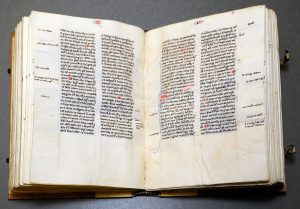 The exhibition explores the role played by the four humors in several of Shakespeare’s most beloved plays through imagery and rare books from both the National Library of Medicine and the Folger Shakespeare Library. The exhibit also examines more modern interpretations of the four humors in contemporary medicine. Associate Professor of English Mary Ann Bushman was instrumental in bringing the exhibit to The Ames Library. In talking about the exhibit she mentioned that bringing the exhibit to IWU might provide an opportunity for students from many disciplines to learn about the history of medicine, psychology, physiology, and Shakespeare’s dramatic characters and theatrical practices.
The exhibition explores the role played by the four humors in several of Shakespeare’s most beloved plays through imagery and rare books from both the National Library of Medicine and the Folger Shakespeare Library. The exhibit also examines more modern interpretations of the four humors in contemporary medicine. Associate Professor of English Mary Ann Bushman was instrumental in bringing the exhibit to The Ames Library. In talking about the exhibit she mentioned that bringing the exhibit to IWU might provide an opportunity for students from many disciplines to learn about the history of medicine, psychology, physiology, and Shakespeare’s dramatic characters and theatrical practices.
An opening reception is scheduled for Sept. 22 from 4 to 6 p.m. in The Ames Library Beckman Auditorium. Three faculty members and a student will present brief talks on aspects of the four humors. McFee Professor of Religion and Director of Women’s and Gender Studies Carole Myscofski will present “Witches’ Humors and Love Magic” and Byron S. Tucci Professor and Professor of Hispanic Studies Carolyn Nadeau will explore means by which health care providers in early modern Spain treated sensory ailments brought on by injury or illness. Chair and Professor of Chemistry Rebecca Roesner will explain how imbalances of the four humors were invoked to describe people’s temperaments and explain a wide variety of physical ailments. And English-writing and Theatre Arts double major Jamie Kreppein ’18 will discuss the role of women in Shakespeare’s works, specifically Ophelia.

